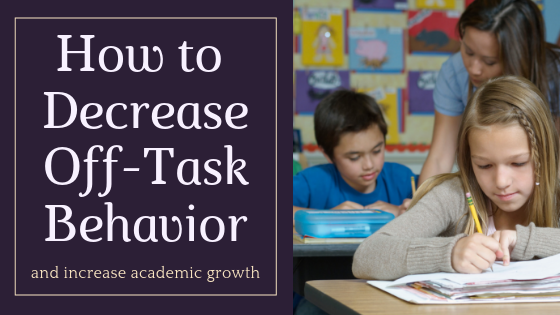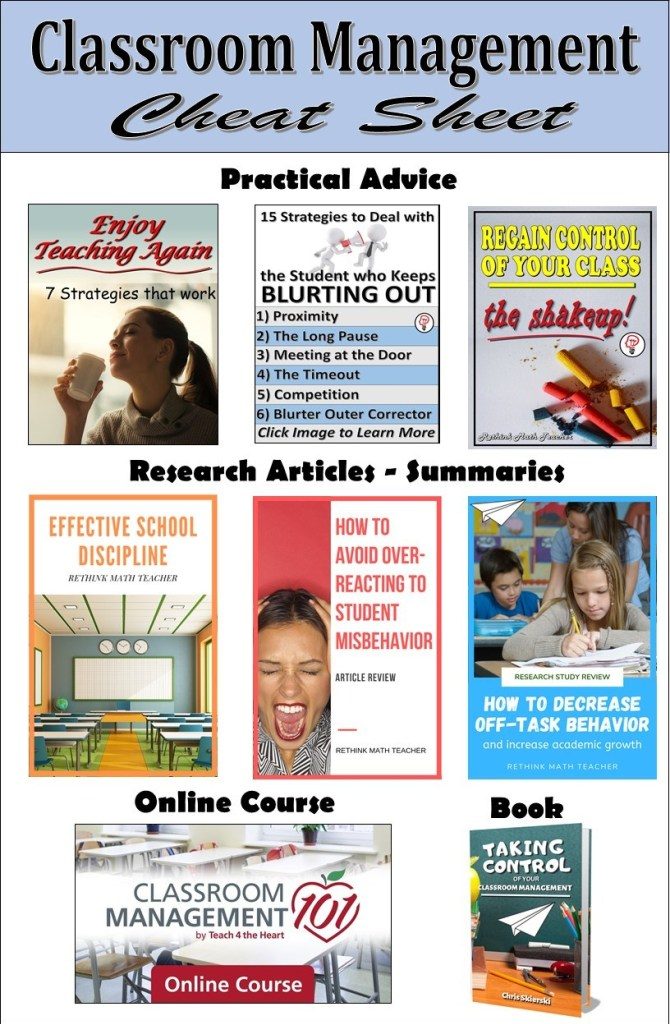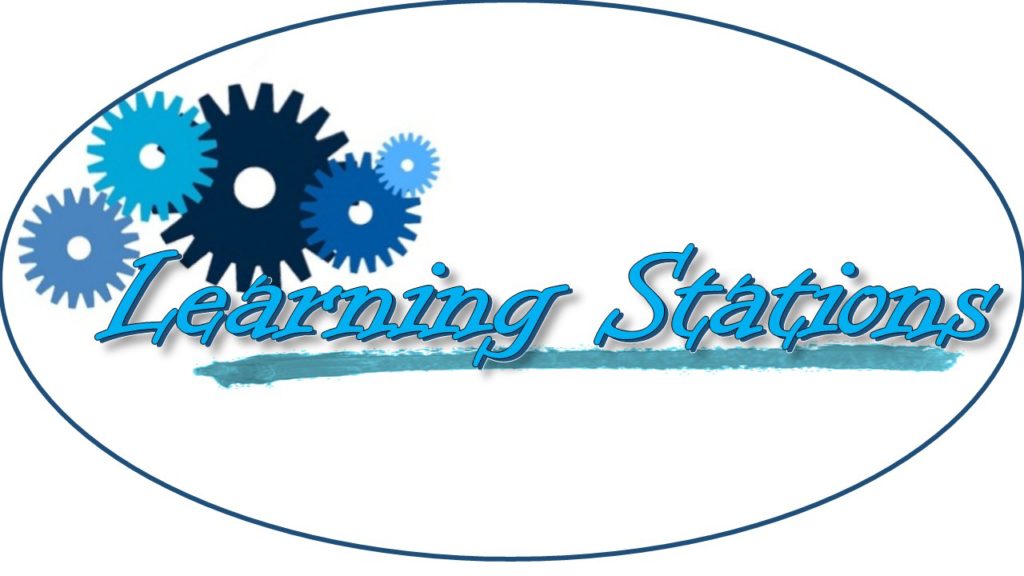
AND INCREASE ACADEMIC GROWTH
The following is a summary of a research study titled “Behaviors of Teachers and Their Students in Schools With and Without an Achievement Gap: An Observational Study” and can be found by clicking here.
This research study was designed to focus on analyzing methods to help with achievement gaps – however, the summaries arrived at by the study have broader implications.
Purpose of the Study
The research study was done to see if there was a measurable difference in behavioral incidents of classes containing an achievement gap when compared to classrooms without an achievement gap. However, the conclusions reached by the study revealed how teachers can decrease off-task behavior and increase academic gains for low-leveled students.
Achievement Gaps is defined as a significant difference in student performance on standardized tests.
Factors that lead to Achievement Gaps
The study theorized several causes of achievement gaps including socio-economic status (SES), poverty, home environment, and the educational levels of the parents. The study noticed that SES affected males and females differently, especially when considering the makeup of the class, grade level, and classroom environment.
However, the study, as well as research articles quoted in the paper, struggled to determine which factors actually contributed to the achievement gap.
Low Level Questioning
One aim of the study was to determine the effects of high-level questioning on classes with and without an achievement gap. However, the researchers were shocked to discover that during whole group instruction – regardless of the level of the class, or its grade – teachers infrequently used high-level questioning. One researcher said that it ‘literally’ never happened.
Direct Instruction
The researchers also learned that despite the achievement gap, grade, or level of the students, that the teachers dominantly relied on whole group instruction. Several texts were quoted in the research study to demonstrate that small group instruction is more beneficial to at-risk students. However, it is seldom being implemented.

Behavioral Incidents
The research found that there were significant increases in student rebellion and off-task behavior in classes comprised of students with an achievement gap, when compared to classes comprised of students with no achievement gap.
However, teachers who engaged in small group instruction, or in high-level questions, were more likely to generate meaningful conversations with the students – thus engagement increased and off-task behavior decreased.
Off-Task and Rebellion
The researchers noticed a decrease in learning time that was caused by students who were off task, as well as students who rebelled when asked to behave. The researchers concluded that more efficient classroom management would result in more time in a productive learning environment, and thus more meaningful academic gains.
Conclusion
It was observed that teachers who had at-risk student in their class relied completely on whole group instruction and low level questions, which did not lend to engaged students or increased learning, but rather ‘maintained the status quo.’ Interestingly, teachers with classes that did not have at-risk students still relied on these same ineffective teaching strategies.
The researchers recommended that teachers with classes consisting of low-leveled learners, at-risk students, or an achievement gap should incorporate grouping to target these students’ needs and help them achieve academic success.
The study found that struggling students are more engaged in small groups, and are less likely to cause behavioral issues.
In conclusion, the researchers strongly encouraged teachers to reduce time spent using ‘whole group instruction’ but instead to differentiate instruction and target students’ academic needs.
Want More Support?
Rethink Math Teacher is a webpage dedicated to helping math teachers target all their students through skills-based learning stations. We have three resources that can help you implement the recommendations outlined in this article.
Learn more about learning stations by clicking here
Want more Support on Classroom Management?
Download the free cheat sheet
More Articles on Classroom Management
- Tips for Calling Parents
- Improving Classroom Management through Social Contracts
- Adjusting Student Behavior Through Measurable Goals
- Implementing Your Classroom Procedures
- How to Avoid Over-reacting to Students
- The Uncommon Teacher Challenge
- 7 Positive Behavior Reinforcement Strategies
- 15 Strategies for the Student who Keeps Blurting Out







